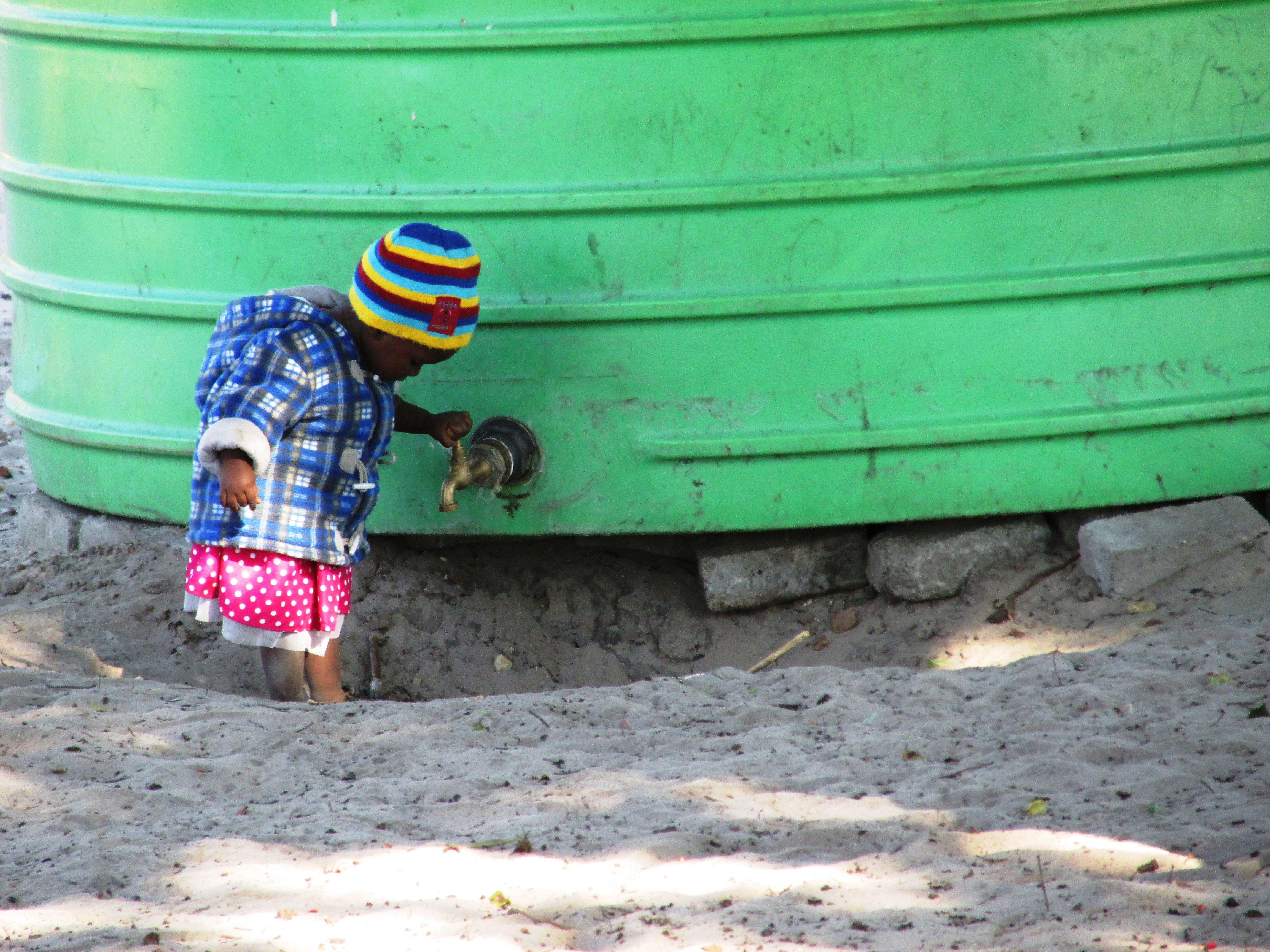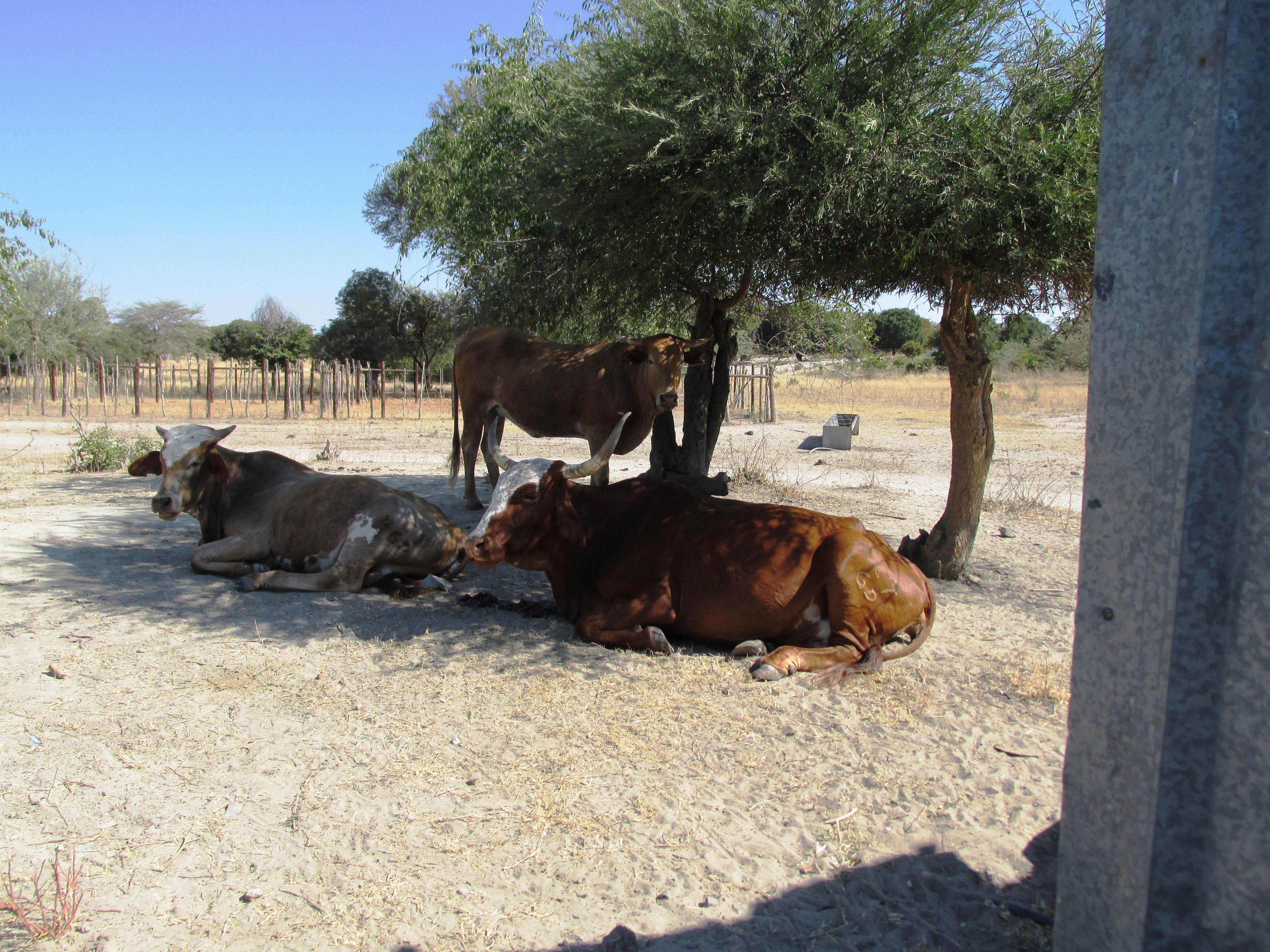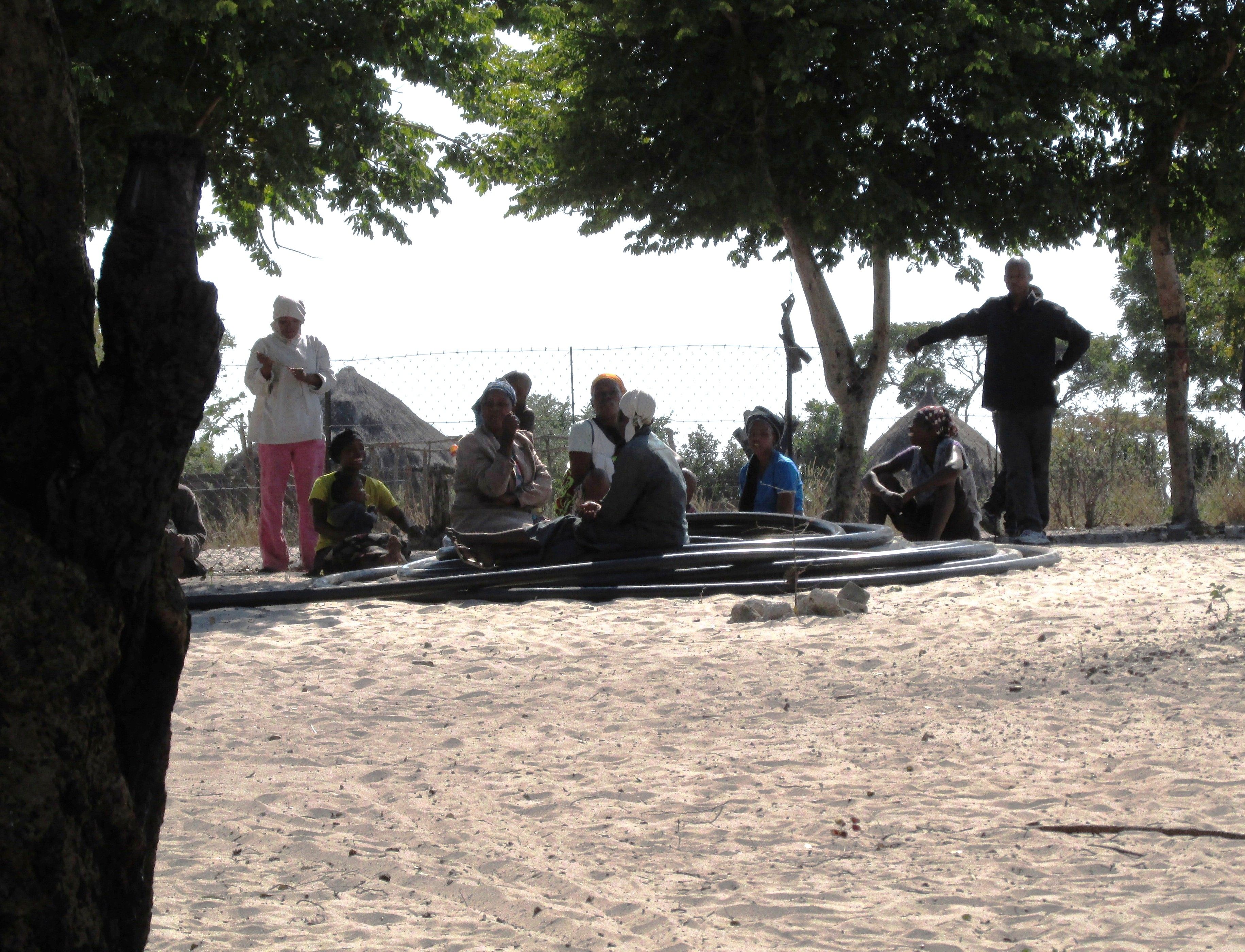July 24, 2013 | Pulitzer Center
By
Linda Qiu, for the Pulitzer Center
Shaikerawe, a San village in the northwest corner of Botswana, is home to about 500 people, the population requirement necessary to be considered formally “gazetted” under Botswana’s National Settlement Policy.
Theoretically, Shaikerawe is entitled to government provisions such as running water, which it desperately needs. However, the village is caught in limbo: local officials say it is a risk to hook up piping because of the village’s fluctuating size while village leaders say that people move out precisely because of the lack of water.























